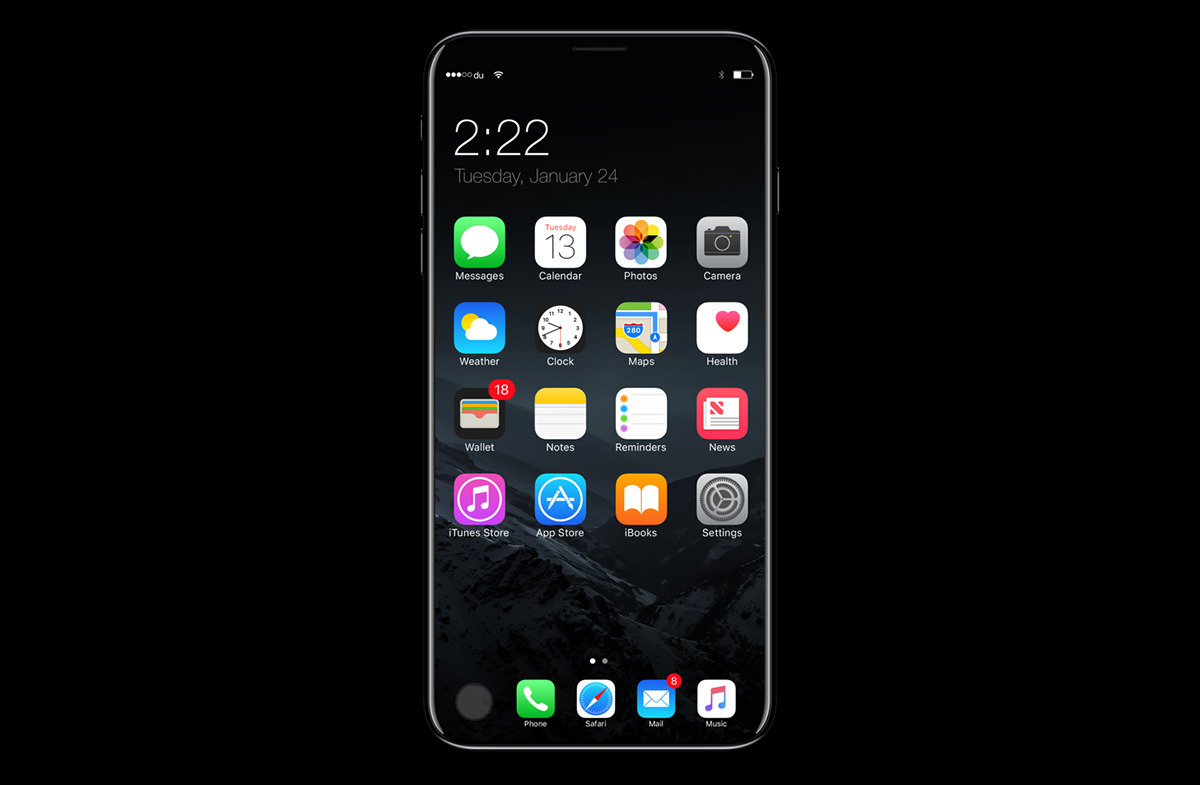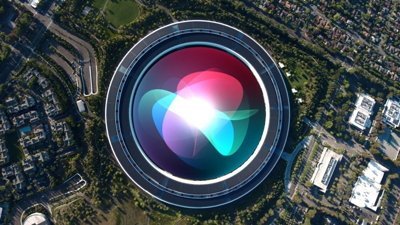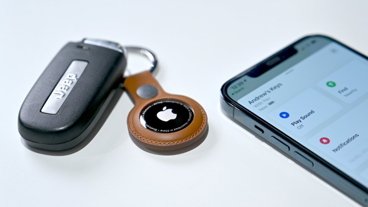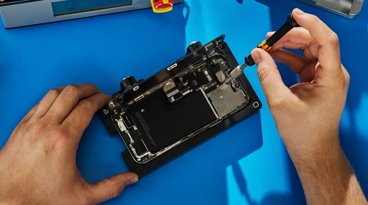Apple's 'iPhone 8' using custom fingerprint tech, not starting production until September — report
Apple is developing a custom fingerprint sensor for its OLED-based "iPhone 8," and as a result might not begin production of the device until September — well after a July start date for two LCD-based iPhone models, a report claimed on Friday.
The company is planning to use an algorithm from AuthenTec — the sensor company it acquired in 2012 — and combine it with glass identification technology from Privaris, sources told DigiTimes. The sensor will allegedly be produced at TSMC's 12-inch line using a 65-nanometer process.
With no physical home button to host a capacitive Touch ID sensor, Apple will instead turn to other concepts such as ultrasound, the sources said.
The idea of an alternate fingerprint sensor is consistent with recent claims by the likes of KGI analyst Ming-Chi Kuo, who has suggested that Apple could combine something like optical fingerprint technology with 3D facial recognition and/or iris scanning for biometric authentication.
DigiTimes has a mixed track record with regards to Apple products, however, and starting "iPhone 8" production in September would likely imply a launch date in November — a time when Apple has released other products, but never an iPhone.
Previous rumors had pegged the "iPhone 8" to start production earlier than normal, with the first batch of parts and chips expected to have been delivered to Apple late in the first calendar quarter of 2017.
Apple will sometimes ship its biggest products well after their initial announcements. The original iPhone, for instance, was revealed in Jan. 2007, but only launched in June that year. The first Apple Watch was announced in Sept. 2014, but shipped in Apr. 2015.
The "iPhone 8" has also sometimes been nicknamed the "iPhone X," referring to it being a 10th-anniversary iPhone. Some other features are expected to include wireless charging, and fast cable charging, making use of some form of USB-C technology, though likely integrated into Apple's Lightning standard.
 Roger Fingas
Roger Fingas











 Malcolm Owen
Malcolm Owen
 Andrew Orr
Andrew Orr
 William Gallagher
William Gallagher

 Mike Wuerthele
Mike Wuerthele
 Christine McKee
Christine McKee









